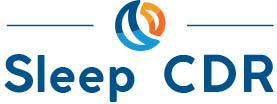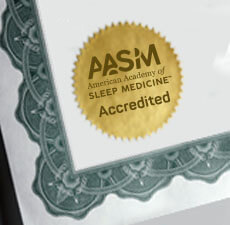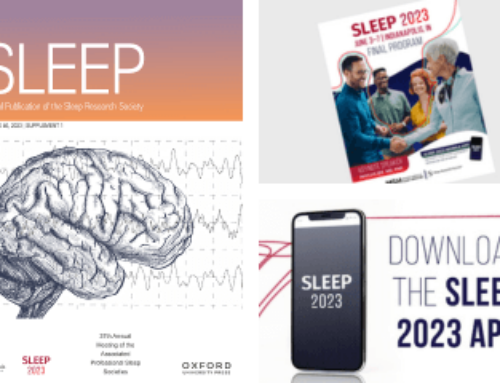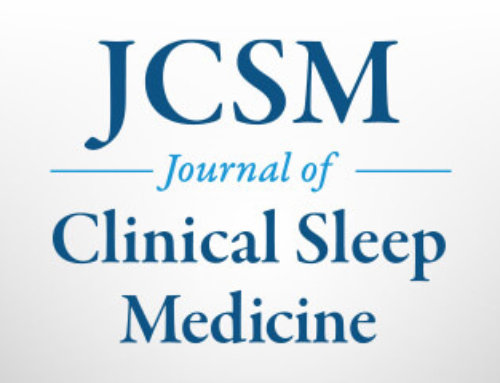WESTCHESTER, Ill. – Individuals with either current or past insomnia are more likely to report a family history of insomnia than are those who have never had the sleep disorder, according to a study published in the December 1 issue of the journal SLEEP.
The study, authored by Simon Beaulieu-Bonneau, MPs, of the École de psychologie at Université Laval in Québec, Canada, focused on 953 adults between 18 and 83 years of age, who completed several questionnaires, including a survey of current and past history of insomnia/sleep disorders for self and first-degree relatives. Fifty-two percent of the subjects were classified as good sleepers, 32.5 percent as individuals with insomnia symptoms, and 15.5 percent as having met criteria for an insomnia syndrome.
According to the results, 39.7 percent of the subjects reported at least one first-degree relative (i.e., parent or sibling) with a current or past sleep problem. Insomnia (34.9 percent) was by far the most frequent sleep problem reported in first-degree relatives, followed by sleep apnea (4.6 percent), restless legs syndrome (2.6 percent) and excessive daytime sleepiness (2.4 percent). The subject’s mother (19.7 percent) was the most frequently afflicted first-degree relative with insomnia, followed by sister (11.1 percent), father (7.5 percent), and brother (5.9 percent). For 2.2 percent of the sample, both parents had current or past insomnia.
Individuals with current or past insomnia were significantly more likely to report a family history of insomnia than were good sleepers who had never experienced insomnia in the past (39.1 percent vs. 29 percent). Subjects with a family history of insomnia endorsed higher scores on measures of insomnia severity, anxiety symptomatology and arousal predisposition.
“The findings add to the limited evidence previously obtained from studies using selected clinical samples of individuals with insomnia,” said Beaulieu-Bonneau. The overall 35 percent rate of first-degree relatives identified with insomnia lends additional support to the potential role of a familial predisposition to insomnia. More importantly, the presence of a past history of insomnia, either with or without current insomnia, emerged as a new and interesting candidate for future research examining phenotype and risk factors in insomnia.”
Insomnia is a classification of sleep disorders in which a person has trouble falling asleep, staying asleep or waking up too early. These disorders may also be defined by an overall poor quality of sleep. Insomnia is the most commonly reported sleep disorder. About 30 percent of adults have symptoms of insomnia.
On average, most adults need seven to eight hours of sleep each night to feel alert and well-rested. Adolescents should sleep about nine hours a night, school-aged children between 10-11 hours a night and children in pre-school between 11-13 hours a night.
The American Academy of Sleep Medicine (AASM) offers the following tips on how to get a good night’s sleep:
- Follow a consistent bedtime routine.
- Establish a relaxing setting at bedtime.
- Get a full night’s sleep every night.
- Avoid foods or drinks that contain caffeine, as well as any medicine that has a stimulant, prior to bedtime.
- Do not go to bed hungry, but don’t eat a big meal before bedtime either.
- Avoid any rigorous exercise within six hours of your bedtime.
- Make your bedroom quiet, dark and a little bit cool.
- Get up at the same time every morning.
Those who believe they have insomnia, or another sleep disorder, should consult with their primary care physician or a sleep specialist.
SLEEP is the official journal of the Associated Professional Sleep Societies, LLC, a joint venture of the AASM and the Sleep Research Society.
More information about insomnia is available from the AASM at http://www.sleepeducation.com/Disorder.aspx?id=6.
SleepEducation.com, a patient education Web site created by the AASM, provides information about various sleep disorders, the forms of treatment available, recent news on the topic of sleep, sleep studies that have been conducted and a listing of sleep facilities.
For a copy of this article, entitled, “Family history of insomnia in a population-based sample,” or to arrange an interview with an AASM spokesperson regarding this study, please contact Jim Arcuri, public relations coordinator, at (708) 492-0930, ext. 9317, or jarcuri@aasm.org.
# # #








